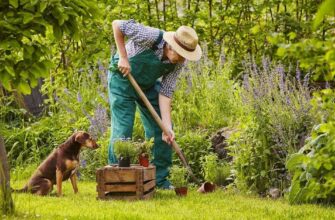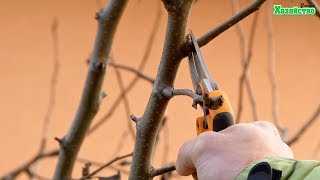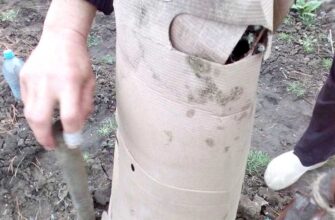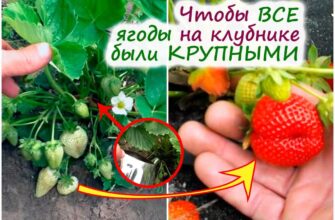- Преимущества осенней посадки саженцев персика
- Выбор подходящей почвы для посадки персикового дерева
- 1. Уровень кислотности
- 2. Дренированность
- 3. Плодородность
- Подготовка саженцев перед осенней посадкой
- Выбор и подготовка места для посадки
- Правильная посадка саженцев
- Выбор места для посадки персикового дерева
- Как правильно вырыть яму для посадки персика
- Выбор места и размер ямы
- Техника выкапывания ямы
- Подготовка ямы к посадке
- Правила посадки саженцев персика осенью
- Как ухаживать за персиковым деревом после посадки
- 1. Полив
- 2. Удобрение
- 3. Обрезка
- Основные проблемы и ошибки при посадке персиковых саженцев осенью
- Рекомендации по орошению и подкормке персиковых деревьев
- Орошение
- Подкормка
- Как защитить персиковые саженцы от зимних морозов
- 1. Выбор подходящего места для посадки
- 2. Мульчирование почвы
- 3. Укрытие саженцев
- Вопрос-ответ:
- Когда лучше всего высаживать саженцы персика осенью?
- В какую почву лучше всего высаживать саженцы персика?
- Какой размер ямы для посадки саженца персика следует выбирать?
- Как правильно уходить за высаженными саженцами персика осенью?
- Как защитить саженцы персика от морозов после осенней посадки?
- Видео:
- Осенняя посадка саженцев. ОБРЕЗАТЬ ПРИ ПОСАДКЕ ПЕРСИК? Как высаживать орех.
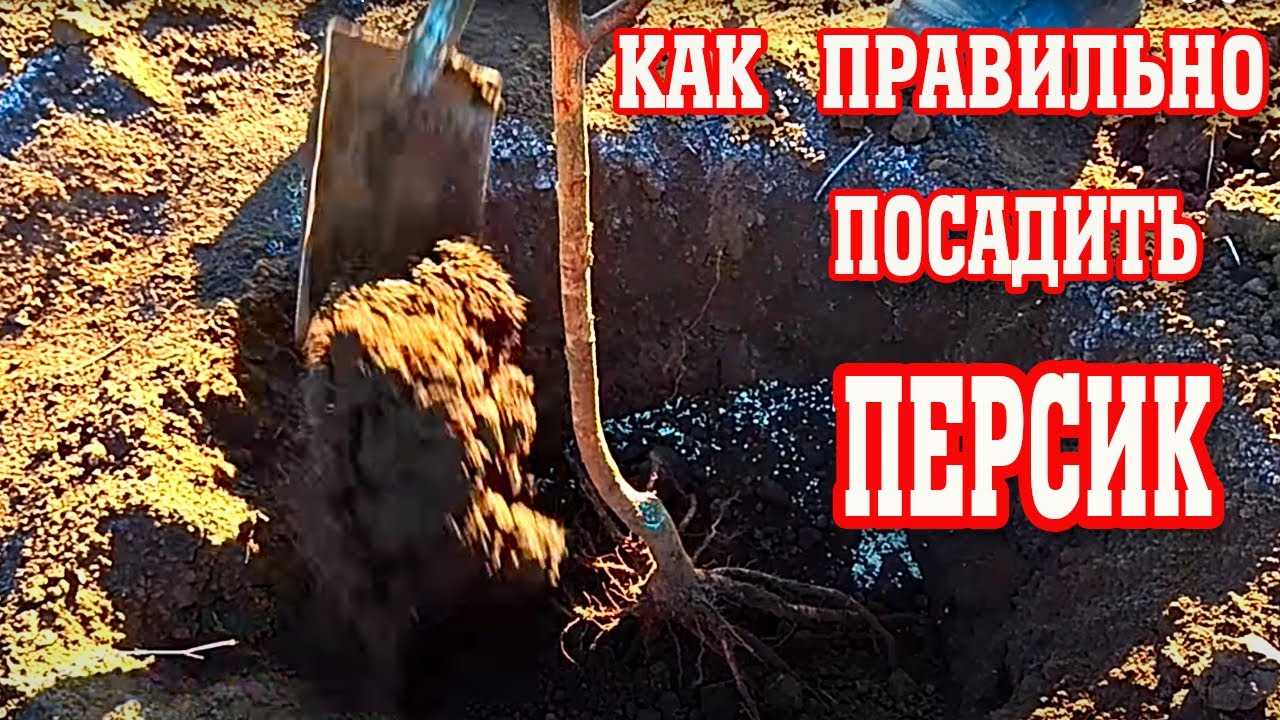
Выращивание персиковых деревьев является увлекательным занятием, но для успешного результата необходимо правильно высадить саженцы. Многие садоводы предпочитают высаживать персиковые саженцы осенью, так как это позволяет деревьям укорениться и подготовиться к зиме. В этом мастер-классе мы предлагаем рассмотреть ключевые шаги и советы по высадке саженцев персика осенью.
Первым шагом перед высадкой саженцев персика осенью является выбор подходящего места. Деревьям необходимо достаточно солнечное место, защищенное от сильных ветров. Также важно учесть, что персики любят хорошо дренированные почвы. Приготовьте яму для посадки глубиной и шириной около 60 см, чтобы корни саженца имели достаточно места для развития.
Далее, перед самой посадкой, необходимо правильно подготовить саженцы персика. Постарайтесь приобрести качественные саженцы с здоровыми корнями и побегами. Перед посадкой они должны быть обрезаны, чтобы убрать поврежденные и слабые части. Также стоит обратить внимание на то, чтобы корни были не пересохшими.
Высаживая саженцы персика осенью, помните, что необходимо обеспечить их достаточным поливом. После посадки утрамбуйте почву вокруг саженца и хорошо полейте водой. После этого необходимо установить опору для растения и мульчировать почву, чтобы предотвратить рост сорняков и сохранить влагу.
Преимущества осенней посадки саженцев персика
Осенью является идеальным периодом для посадки саженцев персика, так как в это время деревья переходят в состояние покоя и готовятся к зимнему периоду.
Правильно высаживать саженцы персика осенью — это значит предоставить им достаточно времени для адаптации и укоренения перед наступлением холодов.
Мы предлагаем вам мастер-класс по высадке саженцев персика в осенний период, в котором вы узнаете все необходимые нюансы и секреты.
Высадка саженцев персика осенью также имеет еще одно преимущество — в это время земля еще достаточно теплая, что способствует лучшему укоренению растений.
Выбор подходящей почвы для посадки персикового дерева
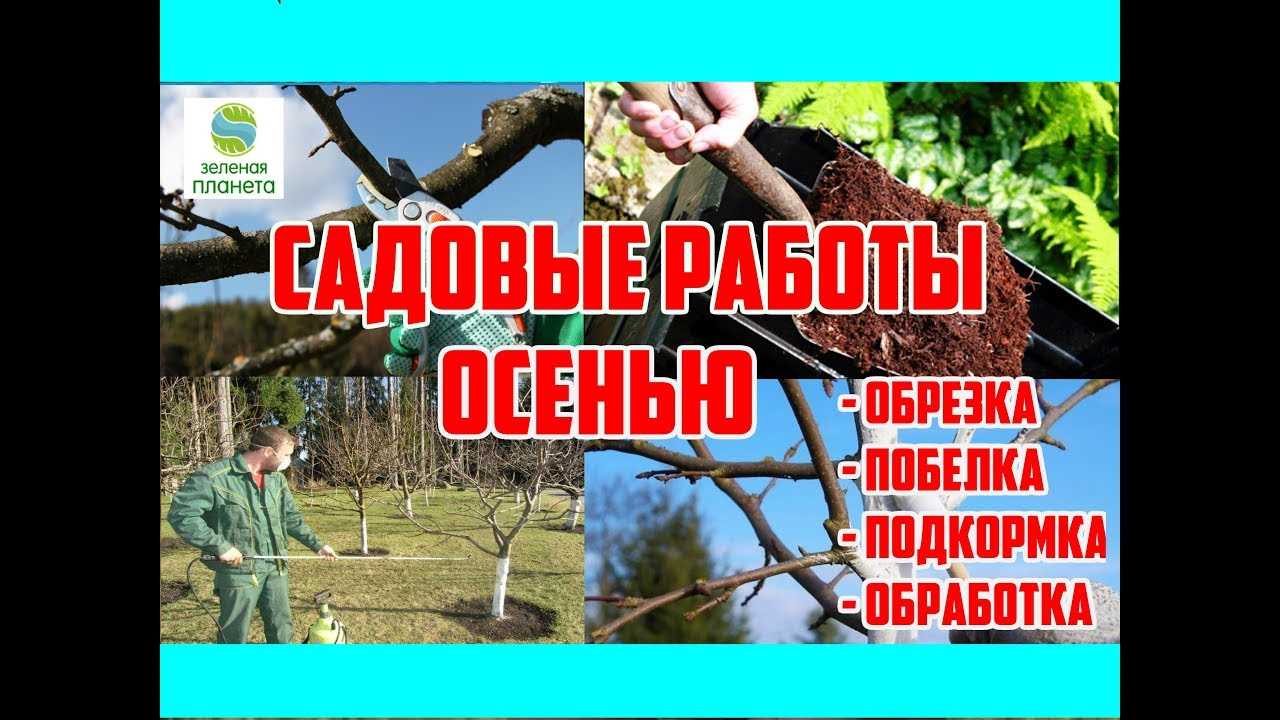
Правильный выбор почвы для посадки персикового дерева осенью играет важную роль в его успешном развитии и плодоношении. Предлагаем ознакомиться с основными рекомендациями по выбору подходящей почвы для посадки саженцев персика на мастер-классе.
Как известно, персиковые деревья предпочитают легкие, плодородные и хорошо дренированные почвы. Рассмотрим подробнее, какие требования предъявляются к почве для успешного выращивания персиковых деревьев.
1. Уровень кислотности
Персиковые деревья предпочитают слабокислые или нейтральные почвы с pH от 6 до 7. Если почва кислая (ниже 6 pH), необходимо провести известкование для повышения ее кислотности.
2. Дренированность
Персиковые деревья плохо переносят застой воды, поэтому выбирайте место с хорошей дренажной системой. В случае тяжелых глинистых почв, рекомендуется улучшить их дренированность путем добавления песка или перегноя.
3. Плодородность

Для успешного развития персиковых деревьев важно выбрать плодородную почву. Перед посадкой саженцев персика рекомендуется провести анализ почвы и, при необходимости, добавить органические удобрения, такие как компост или перегной, для обогащения почвы питательными веществами.
Вывод: правильный выбор подходящей почвы для посадки персикового дерева осенью – залог его здоровья и плодоношения в будущем. Учитывая требования к кислотности, дренированности и плодородности почвы, можно создать оптимальные условия для выращивания персиковых деревьев.
Подготовка саженцев перед осенней посадкой
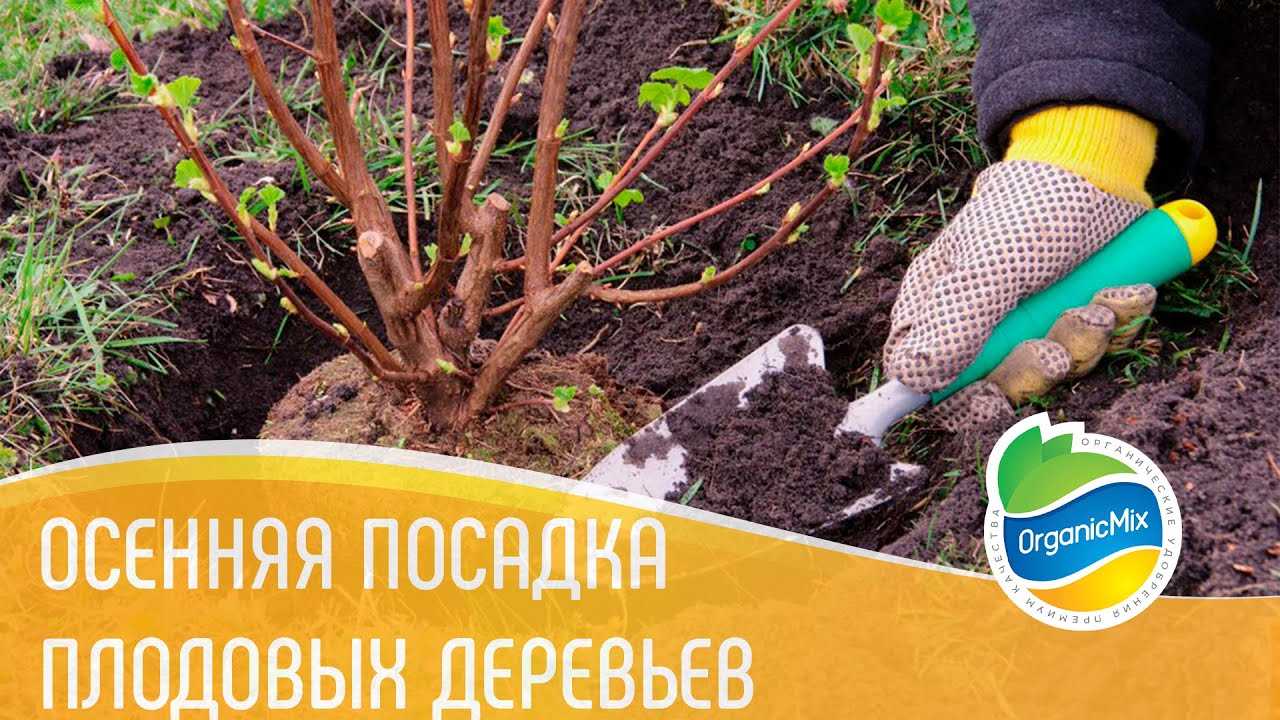
Перед осенней посадкой саженцы персика необходимо правильно подготовить, чтобы обеспечить им наилучшие условия для роста и развития. Мастер-класс по высаживанию саженцев персика осенью поможет вам освоить все необходимые нюансы.
Выбор и подготовка места для посадки
Для посадки саженцев персика осенью необходимо выбрать подходящее место, где деревья будут иметь достаточно солнечного освещения и защиты от холодных ветров. Также необходимо учесть качество почвы, которая должна быть плодородной и хорошо дренированной. Для подготовки почвы рекомендуется использовать органические удобрения и внести их заранее.
Правильная посадка саженцев
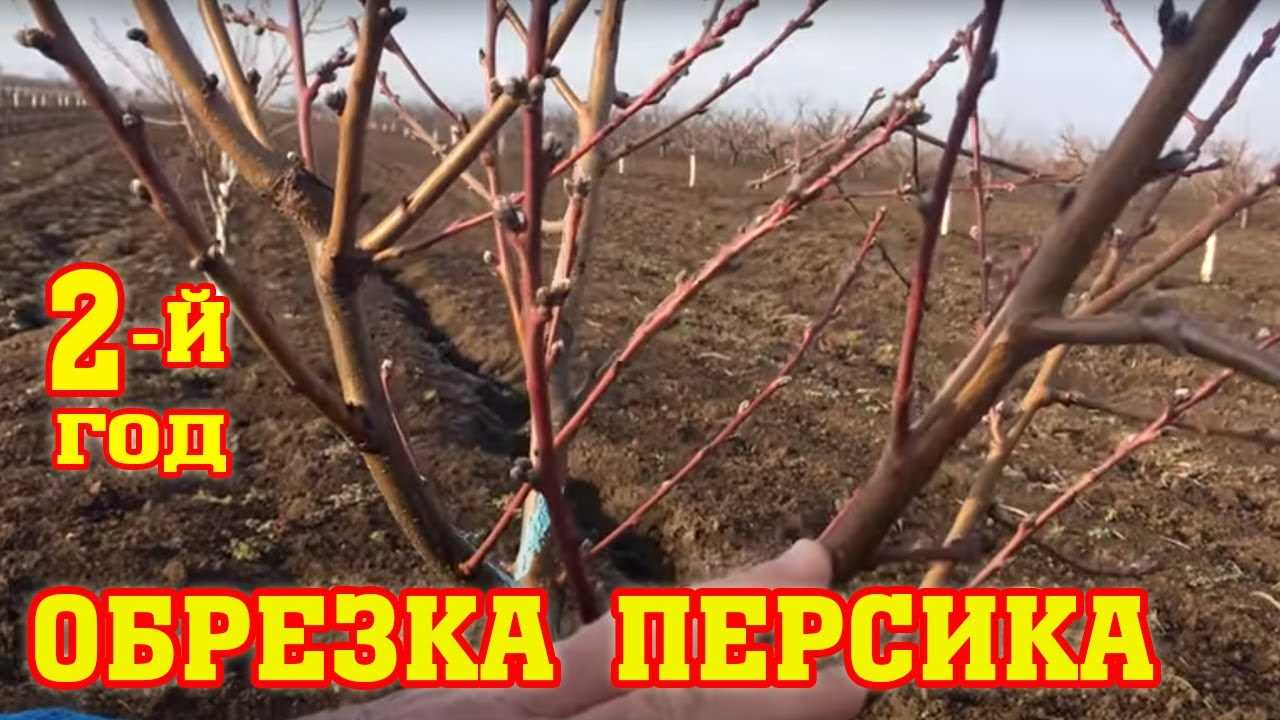
Перед посадкой саженцы персика следует вымочить в воде на несколько часов, чтобы корни насытились влагой. Затем саженец устанавливается в яму, которая должна быть достаточно глубокой, чтобы корни располагались на уровне земли. После посадки необходимо плотно уплотнить почву вокруг саженца и обильно полить его. Для лучшей укореняемости рекомендуется использовать специальные препараты и удобрения.
Правильная подготовка саженцев персика перед осенней посадкой является важным шагом для их успешного развития и плодоношения. Следуя мастер-классу и советам по правильной посадке, вы сможете создать благоприятные условия для роста и получить богатый урожай в будущем.
Выбор места для посадки персикового дерева
Правильный выбор места для посадки персикового дерева осенью играет важную роль в его успешном развитии и плодоношении. Как правило, персик требует много тепла и света, поэтому выбирайте для него солнечное и теплое место.
Перед тем как приступить к посадке, рекомендуется провести предварительную подготовку почвы. Она должна быть плодородной, хорошо дренированной и с нейтральной или слабокислой реакцией pH. Если у вас кислая почва, рекомендуется добавить известь или известковую муку.
Также, при выборе места для посадки персика осенью, следует обратить внимание на рельеф участка. Важно, чтобы место было хорошо освещено и не скапливало холодный воздух, так как персикам не нравятся заморозки. Поэтому, выбирайте место, где нет низин или ям.
Как правильно вырыть яму для посадки персика
Для успешной посадки персика осенью необходимо правильно вырыть яму. В этом мастер-классе мы предлагаем вам пошаговую инструкцию, которая поможет вам справиться с этой задачей.
Выбор места и размер ямы
Перед выкапыванием ямы для посадки персика, необходимо выбрать правильное место. Подходящее место должно быть хорошо освещено солнцем и защищено от сильных ветров. Размер ямы должен быть достаточным для размещения корневой системы саженца в положении, удобном для его дальнейшего роста.
Техника выкапывания ямы
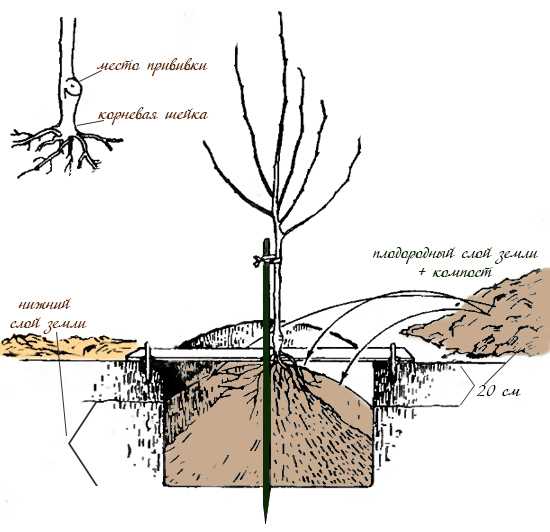
При выкапывании ямы для посадки персика следует следовать определенной технике. Сначала рекомендуется отметить место копания, чтобы яма получилась ровной и симметричной. Затем, начиная с края метки, вырыть яму глубиной около 60 см и шириной около 80 см. Выкопанную землю следует отложить, чтобы в дальнейшем ее можно было использовать для заполнения ямы.
Подготовка ямы к посадке
После выкапывания ямы для посадки персика необходимо подготовить ее к посадке саженца. Дно ямы следует прорыхлить, добавить органическое удобрение и хорошо перемешать с выкопанной землей. Затем мы рекомендуем смешать ведро песка с органическим удобрением и добавить эту смесь на дно ямы в качестве дренажного слоя. Затем можно приступить к посадке саженца персика.
Правила посадки саженцев персика осенью
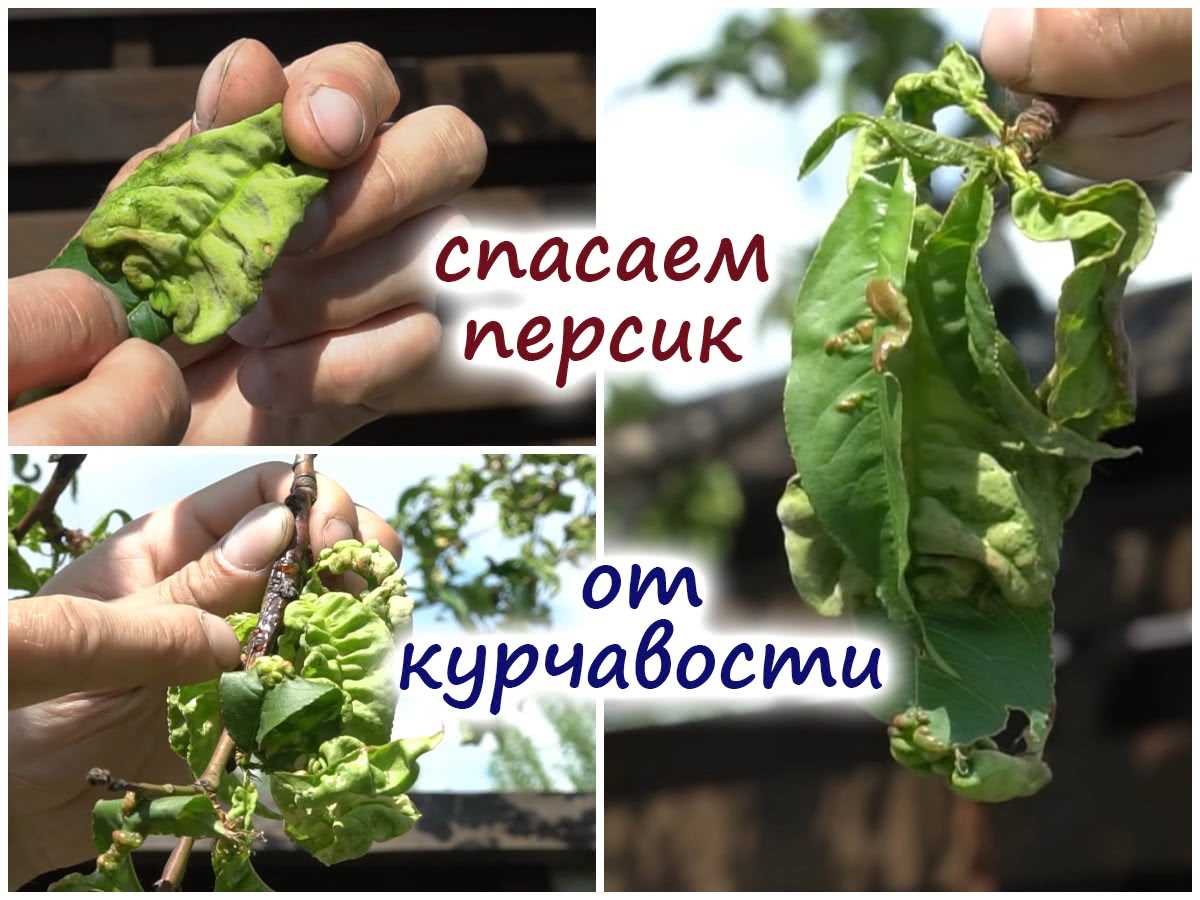
Высаживание саженцев персика осенью является важным и ответственным этапом возделывания этого плодового дерева. Как правильно провести данную процедуру?
1. Подготовка почвы. Для высаживания саженцев персика осенью необходимо заранее подготовить почву. Она должна быть хорошо увлажнена, рыхлой и плодородной. Также стоит учесть, что персику не нравится сильный залив при посадке, поэтому не стоит высаживать его в затопленные участки.
Так стоп!!! Вы всё ещё не подписаны на наши каналы в Телеграмм и Дзен? Посмотрите: ТГ - (@historyfantasydetectivechat) и Дзен (https://dzen.ru/myshortsstorys)
2. Выбор саженцев. Приобретая саженцы персика, следует обращать внимание на их качество. Они должны быть здоровыми, с хорошо развитой корневой системой. Также стоит учесть сорт персика и его характеристики, чтобы выбрать оптимальный вариант для конкретного участка.
3. Правильная посадка. Перед высаживанием саженцев персика осенью необходимо правильно подготовить яму. Ее размеры должны быть достаточными для размещения корневой системы саженца. После посадки корни нужно аккуратно расправить и засыпать яму землей, слегка утрамбовав ее вокруг стебля.
4. Уход после посадки. После высаживания саженцев персика осенью необходимо обеспечить им правильный уход. Это включает в себя регулярное поливание, рыхление почвы, удаление сорняков и подкормку. Также стоит установить опоры для молодых деревьев, чтобы они правильно формировались и не ломались под воздействием ветра.
Как ухаживать за персиковым деревом после посадки
После правильного высаживания саженцев персика осенью, необходимо обеспечить правильный уход за деревьями, чтобы они хорошо прижились и развились. Предлагаем ознакомиться с несколькими важными советами:
1. Полив
После посадки саженцев персика осенью, необходимо обеспечить им достаточное количество влаги. Регулярно поливайте деревца, особенно в период активного роста. При этом следует избегать переувлажнения почвы, так как это может привести к гниению корней.
2. Удобрение

Чтобы персиковое дерево хорошо развивалось и плодоносило, необходимо регулярно удобрять его. Подкормки проводятся весной и летом. Для этого можно использовать специальные удобрения для фруктовых деревьев, следуя инструкциям на упаковке.
3. Обрезка
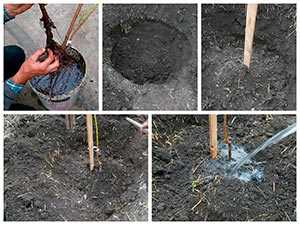
Обрезка персиковых деревьев необходима для формирования кроны и поддержания ее здоровья. Она проводится в период покоя растения, осенью или зимой. Удаляйте сухие и поврежденные ветви, а также те, которые слишком густо растут и мешают вентиляции и освещению.
Таким образом, правильный уход за персиковым деревом после посадки позволит вам получить здоровые и плодоносящие растения. Следуйте данным советам и наслаждайтесь урожаем каждый год!
Основные проблемы и ошибки при посадке персиковых саженцев осенью
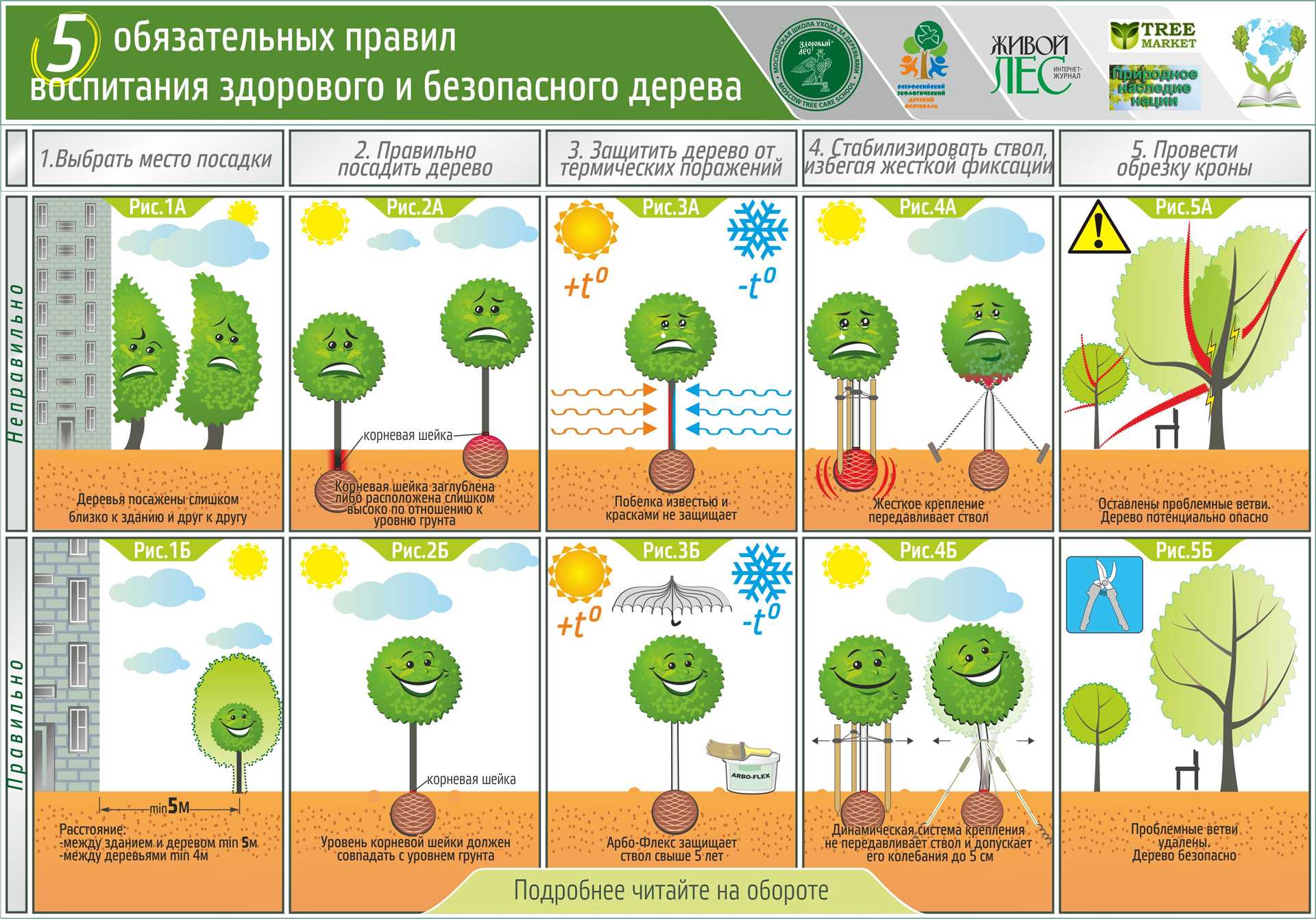
Высаживание саженцев персика осенью – ответственное и важное мероприятие для получения здоровых и плодоносящих деревьев. Однако, при несоблюдении некоторых правил, возникают различные проблемы и ошибки, которые могут повлиять на развитие растений.
1. Неправильный выбор саженцев. При покупке саженцев персика осенью, необходимо обращать внимание на их внешний вид, состояние корневой системы и возраст растений. Выбирайте только здоровые и качественные саженцы, чтобы избежать проблем в будущем.
2. Неправильная подготовка почвы. Перед высаживанием саженцев персика осенью, необходимо хорошо подготовить почву. Она должна быть рыхлой, плодородной и хорошо дренированной. Некорректная подготовка почвы может привести к затоплению корней и развитию гнили.
3. Неправильная глубина посадки. Глубина посадки саженцев персика играет важную роль в их развитии. Неправильная глубина может привести к замерзанию корней или повреждению ствола. Посадка должна быть выполнена таким образом, чтобы шейка корней находилась на уровне почвы.
4. Отсутствие подкормки и полива. Период после посадки – время активного развития корневой системы саженцев персика. Важно обеспечить растения достаточным количеством влаги и питательных веществ. Регулярный полив и подкормка помогут саженцам прижиться и начать активное рост.
5. Недостаточная защита от морозов и вредителей. Зимой саженцы персика особенно уязвимы для морозов и вредителей. Необходимо обеспечить надежную защиту растений от низких температур и вредных насекомых. Варианты защиты могут включать укрытие саженцев утеплителем или использование специальных препаратов от вредителей.
Рекомендации по орошению и подкормке персиковых деревьев
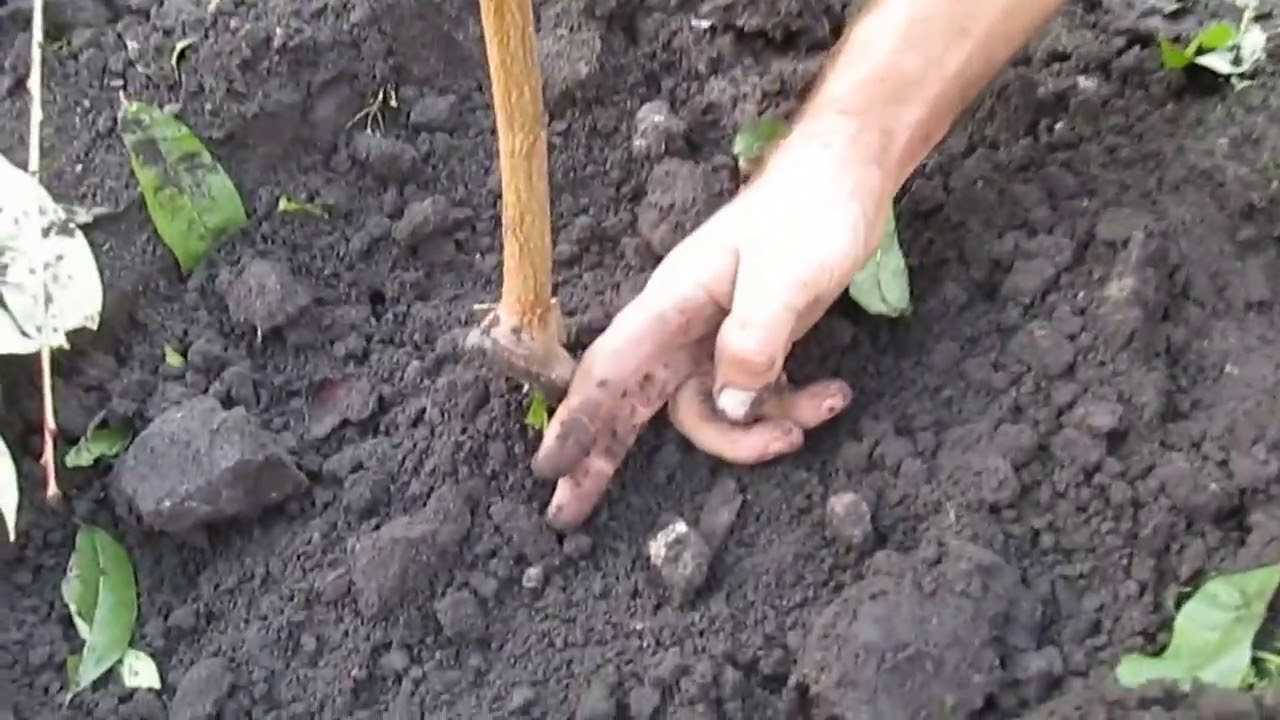
Орошение и подкормка персиковых деревьев играют важную роль в их росте и развитии. Правильное проведение этих процедур помогает достичь более высоких урожаев и улучшить качество плодов.
Орошение
Как и любое другое дерево, персиковые саженцы нуждаются в достаточном количестве влаги для нормального роста. Однако важно помнить, что персиковые деревья не переносят застоя влаги, поэтому орошение следует проводить умеренно.
Рекомендуется поливать персиковые деревья два-три раза в неделю в период активного роста, особенно в сухую погоду. Важно учитывать особенности почвы и климата, чтобы определить оптимальное количество и регулярность поливов.
Подкормка
Для обеспечения полноценного питания персиковых деревьев рекомендуется проводить подкормки. Первую подкормку рекомендуется проводить весной, после оттаивания почвы. Вторую подкормку можно провести в середине лета.
Для подкормки персиковых деревьев можно использовать органические и минеральные удобрения. Органические удобрения, такие как компост или перегноя, помогут улучшить структуру почвы и обеспечить ее питательными веществами. Минеральные удобрения, содержащие азот, фосфор и калий, помогут ускорить рост и развитие деревьев.
Важно помнить, что персиковые деревья нуждаются в подкормке только в тех случаях, когда почва не обеспечивает достаточное количество питательных веществ. Перед проведением подкормки рекомендуется провести анализ почвы, чтобы определить необходимость подкормки и выбрать подходящие удобрения.
Как защитить персиковые саженцы от зимних морозов
Персик – это теплолюбивое дерево, которое нуждается в особой заботе во время зимнего периода. Чтобы сохранить саженцы персика от морозов и обеспечить их хорошее развитие, необходимо принять несколько мер предосторожности.
1. Выбор подходящего места для посадки
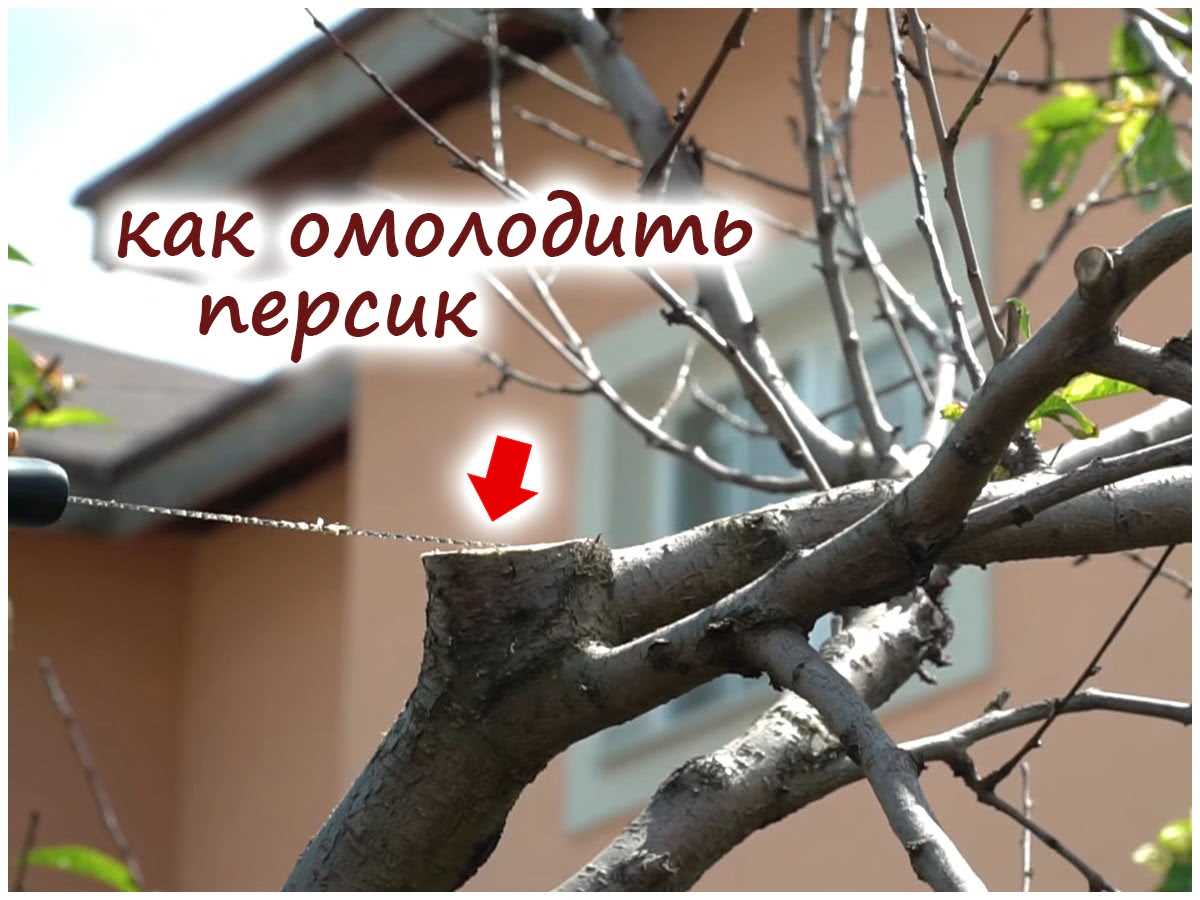
Перед высадкой саженцев персика осенью, важно выбрать подходящее место для их размещения. Лучший вариант – это защищенное от сильных ветров и открытое для солнечных лучей место. Такое место поможет саженцам персика получить достаточное количество тепла и света, что положительно скажется на их зимней устойчивости.
2. Мульчирование почвы
Мульчирование почвы вокруг саженцев персика поможет им сохранить тепло и защитить от заморозков. Для этого можно использовать сухую траву, опилки, солому или специальные материалы, которые создадут дополнительный слой утепления. При этом следует учесть, что мульчирование необходимо проводить после полного замерзания почвы, чтобы избежать создания укромных мест для вредителей.
3. Укрытие саженцев
Для защиты саженцев персика от сильных морозов рекомендуется использовать специальные укрытия. Это могут быть деревянные конструкции, которые создадут надежный каркас, или специальные пленки, которые позволят сохранить оптимальную температуру. Главное – не забыть укрыть как стволы, так и верхнюю часть саженцев. Укрытие должно быть достаточно плотным, чтобы не допустить проникновение холодного воздуха и снега.
Вопрос-ответ:
Когда лучше всего высаживать саженцы персика осенью?
Осень — лучшее время для посадки саженцев персика. При этом лучше всего выбирать период после опадания листьев и до начала заморозков. Такие условия позволят саженцам хорошо прижиться и подготовиться к зиме.
В какую почву лучше всего высаживать саженцы персика?
Саженцы персика предпочитают рыхлые, плодородные и дренированные почвы. Идеальным вариантом будет песчано-глинистая почва с нейтральной или слабокислой реакцией. Если ваша почва не соответствует этим требованиям, можно улучшить ее состав, добавив перегной или компост. Также стоит обратить внимание на дренажную систему, чтобы избежать задержки влаги в почве.
Какой размер ямы для посадки саженца персика следует выбирать?
Для посадки саженца персика следует выбирать яму примерно в три раза больше размера корневой системы саженца. Глубина ямы должна быть такой, чтобы саженец помещался с запасом, а ширина ямы должна обеспечивать удобство прокладки корней. Такой размер ямы позволит саженцу легко укорениться и развиться.
Как правильно уходить за высаженными саженцами персика осенью?
После посадки саженцев персика осенью необходимо обеспечить им хороший полив. Важно увлажнять почву, но не переувлажнять ее, чтобы избежать гниения корней. Также стоит обратить внимание на мульчирование — это поможет сохранить влагу в почве и защитить корни от перепадов температур. Помимо этого, рекомендуется проводить регулярную обрезку и удаление сорняков вокруг саженцев.
Как защитить саженцы персика от морозов после осенней посадки?
Чтобы защитить саженцы персика от морозов после осенней посадки, можно использовать специальные укрытия. Например, можно накрыть саженцы спанбондом или агроволокном, чтобы создать дополнительный слой изоляции. Также стоит обратить внимание на укрытие корней — можно использовать мульчу, солому или сухие листья. Главное, чтобы саженцы были защищены от сильных морозов и ветра, которые могут повредить их.



